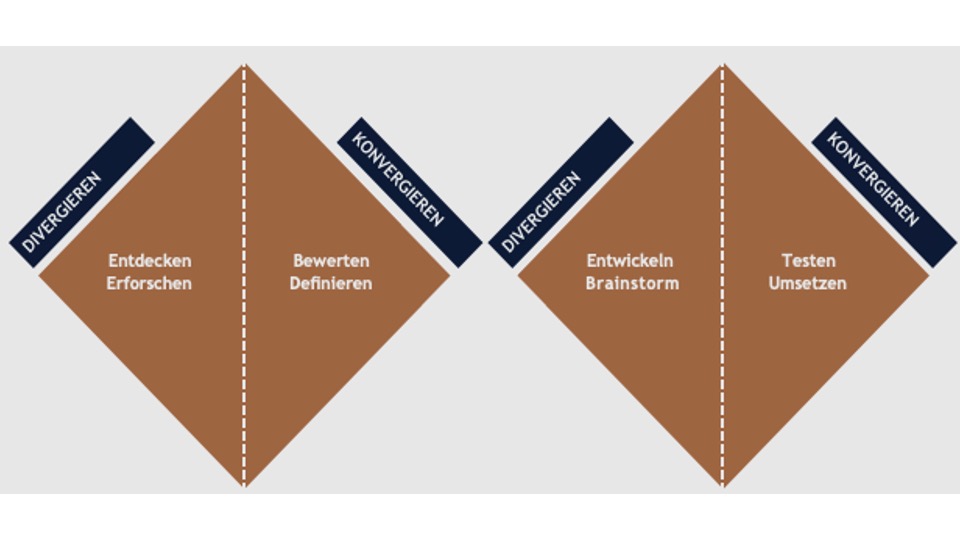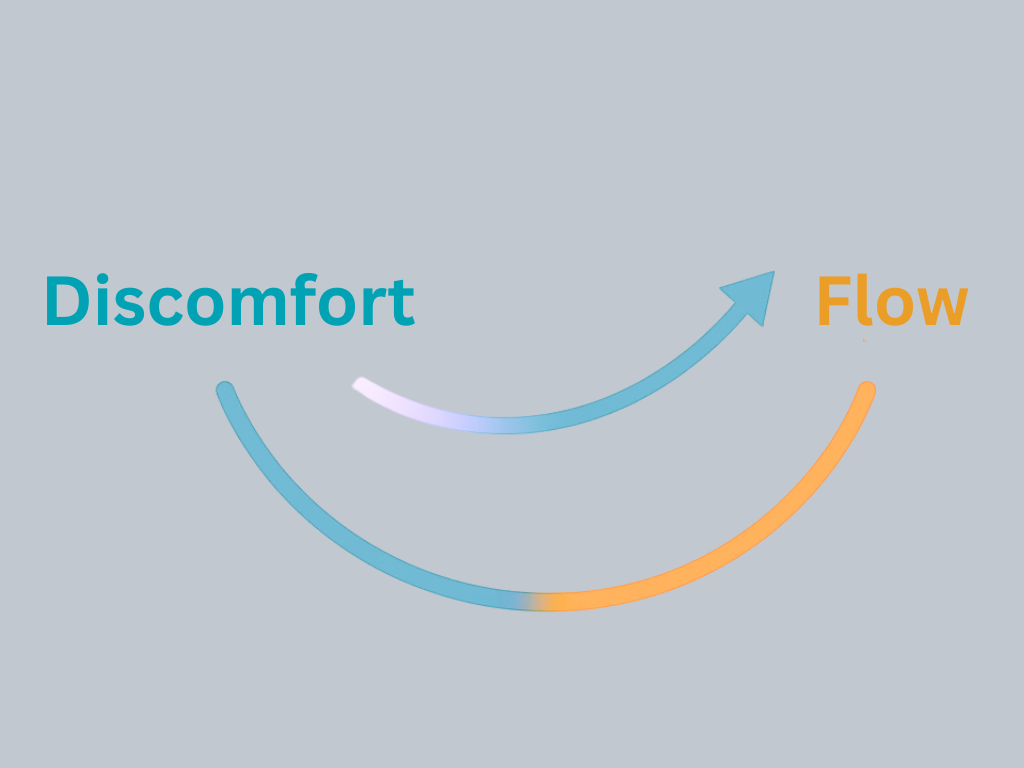10 seconds, 30 seconds, longer?
You don’t have to set any new records, because if something else crosses your mind after just 20 seconds, that’s perfectly normal. How do you deal with distractions? After all, you want to make progress with your task, don’t you?
I have to admit that I’m always happy to be distracted, because some tasks can sometimes be quite uncomfortable. The disadvantage of distractions is that we need more time to get back to the actual task at hand, and that is simply unproductive. In addition, a wandering mind tends to make us unhappy in the long run, as Matthew A. Killingsworth and Daniel T. Gilbert found in their now famous 2010 study.
Want to work in a focused and relaxed way?




